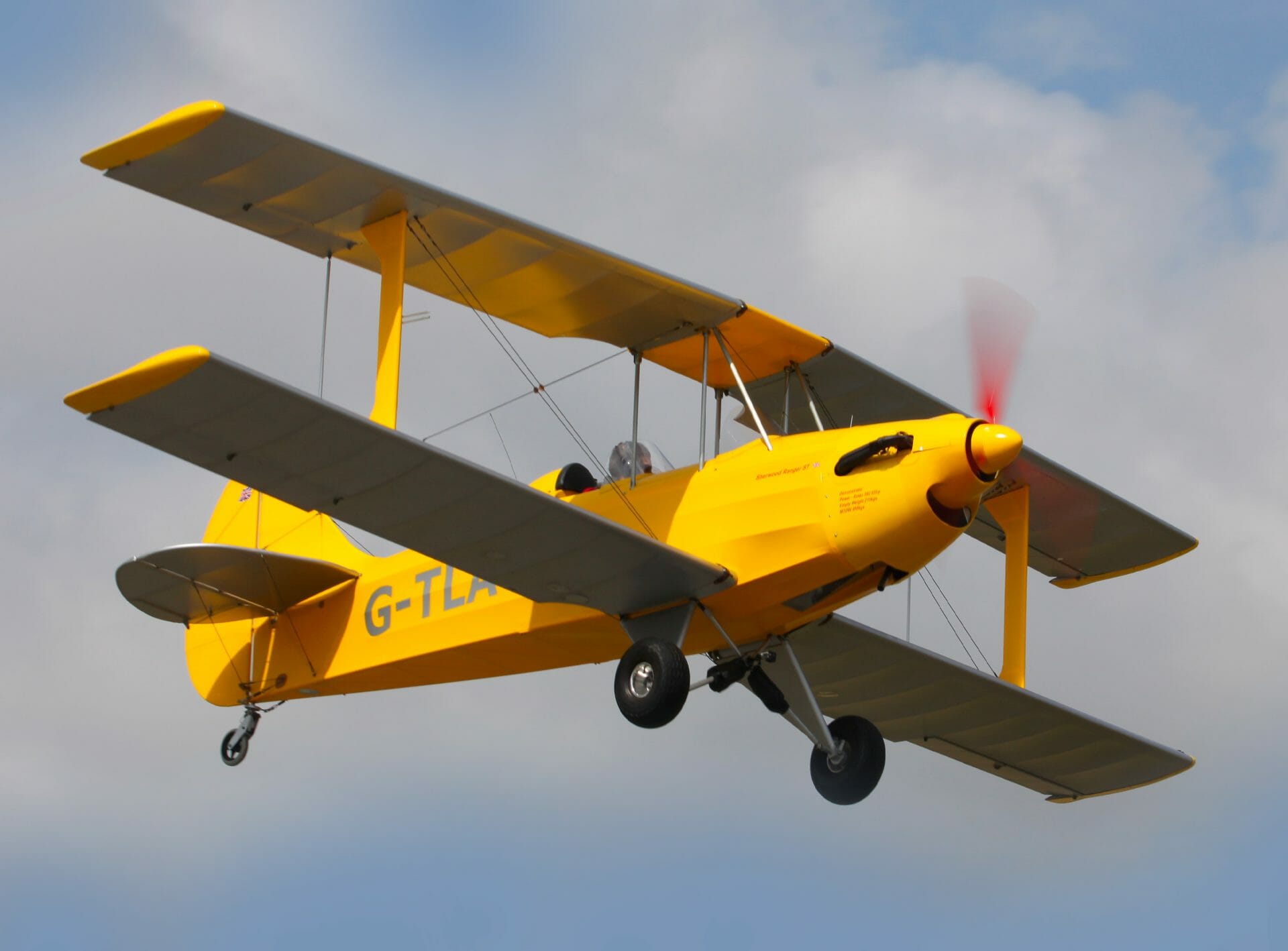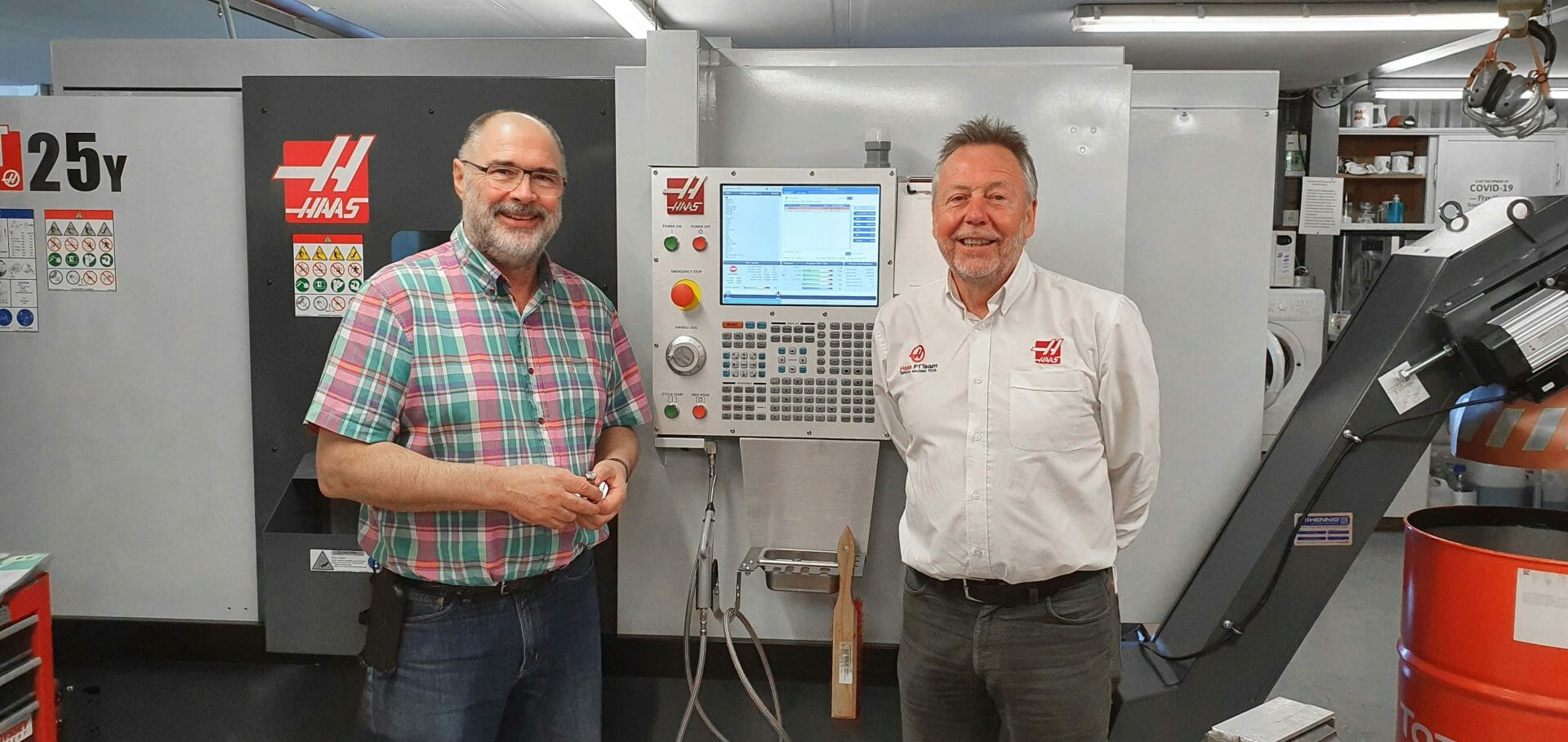TLAC - Flying High
The only UK based designer and manufacturer of recreational aircraft invests in new HAAS CNC equipment.
There’s little more satisfying than being licensed to fly an aeroplane, especially a light aircraft used for recreational flying.
That’s the market The Light Aircraft Company (TLAC) are in. Located in the depths of North Norfolk on a former wartime RAF base at Little Snoring, TLAC designs and manufactures a range of light aircraft for recreational flying. Currently there are three models with a further two models being built to new designs and standards. TLAC has the benefit of Little Snoring Airfield for test and development of all its products.
Traditionally, this type of aircraft has been largely hand crafted but more latterly German and Eastern European manufacturers have prospered in the market with modern design and manufacturing methods.
TLAC has been an established player in this field for 15 years and recognised itself as the only designer and manufacturer of recreational light aircraft in the UK. In order to compete with the overseas products, TLAC understood it needed to invest in the latest state of the art manufacturing technology. Being a long-time user of Haas milling technology, Haas Automation Ltd. was well aware of the requirement at TLAC and Haas engineers carried out a manufacturing evaluation. Working with the designers, it was clear new aircraft designs dictated the need for prototype development that could ramp up into sufficient parts to support the production of aircraft was needed. With the help of the New Anglia Local Enterprise Partnership, Business Resilience and Recovery Grant Scheme, a new Haas ST-25Y Turning and Milling Centre was purchased.

The ST-25Y with its 10” chucking capability is one of a family of Y Axis turning and milling machines capable of taking up to a 3” round bar and producing a finished component which is anything but round. The Y Axis facility allows the tooling to move off centre, milling and drilling radially and axially to allow the designer to incorporate complex, weight saving features into ready to use finished components.
Utilising the latest BMT65 turret, a wide range of tooling options are readily available in static and driven tooling.
Quick set up benefits from the Automatic Tool Presetter, which can also be used to monitor any critical tools for wear during production. A powered tailstock is a standard feature for any longer between centres parts that may be required.
Prior to the introduction of the ST-25Y, components were subcontract machined, or imported, both of which added considerable cost, restricted the flexibility of creative design, and often subject to long availability delays.
The list of production components is considerable given the flexibility afforded by the Y Axis capability of the ST-25Y where the new machine will shorten prototype and production turn round times to a minimum. Designs of new parts are converted directly to machine part programs for use with the user friendly Haas manufactured CNC control system.

TLAC is A8-1 accredited by the CAA to manufacture factory built aircraft, it also holds accreditation to service and provide Airworthiness Certification for General Aviation. Giving fresh impetus to the drive for new investment is the recent adoption by the CAA of a 27% increase in the maximum take off weight in the light sport category. Managing director, Paul Hendry-Smith was keen to point out that opportunities exist in a post Brexit world where a favourable exchange rate in an expanding market will benefit UK based customers with very competitive prices compared to the cost of aircraft made in mainland Europe.
In a European market dominated by German and Eastern European manufacturers, TLAC now has the additional ability to compete with them on their home territory due to investment not only in production facilities, but investment in design technology.
“Utilising a volume CNC Manufacturer such as Haas with worldwide customers enables us to tap into the vast experience from other users. Having the Haas head office close by is an additional benefit to our ongoing collaboration,” said Mr Hendry-Smith.
Photo is TLAC Managing Director Paul Hendry-Smith and Haas Automation Director, Pat Fenn, who flew into Little Snoring to witness the final commissioning of the ST-25Y. Also attached TLAC’s Ranger aircraft.
“Utilising a volume CNC Manufacturer such as Haas with worldwide customers enables us to tap into the vast experience from other users.”
Paul Hendry-Smith, TLAC Managing Director




